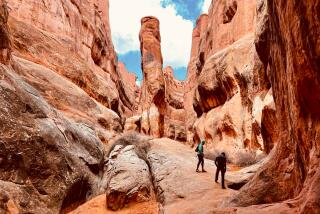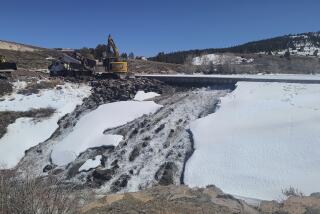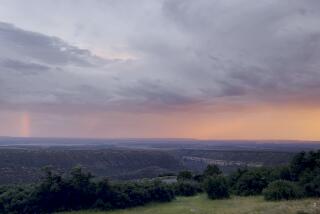Large geological feature known as the ‘Double Arch’ collapses in southern Utah
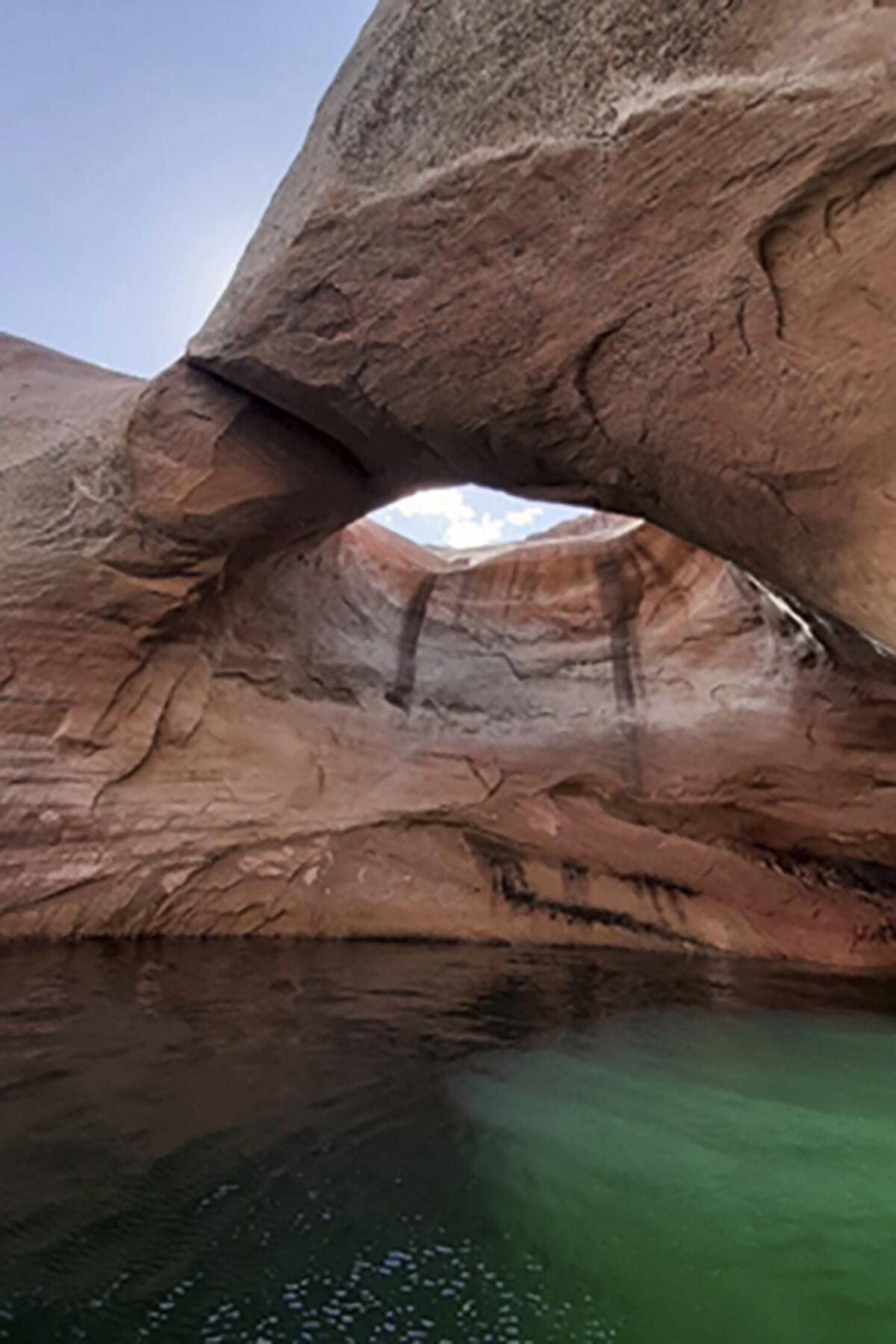
PAGE, Ariz. — A large geological feature in southern Utah known as the “Double Arch,” the “Hole in the Roof” and sometimes the “Toilet Bowl” has collapsed, National Park Service officials said. Park rangers suspect changing water levels and erosion from waves in Lake Powell contributed to its demise.
The popular arch in the Glen Canyon National Recreation Area fell Thursday; no injuries were reported.
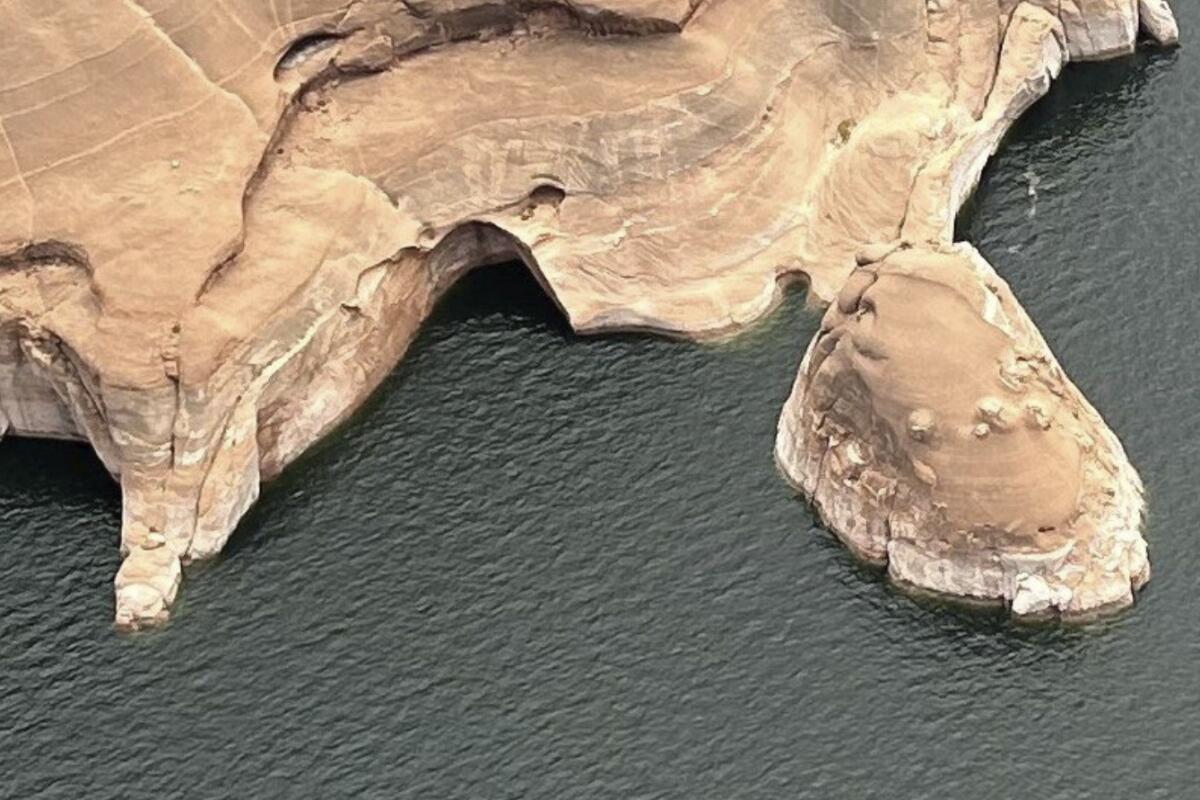
Michelle Kerns, superintendent of the recreation area that spans the border of Utah and Arizona, said the collapse serves as a reminder to protect the mineral resources that surround the lake.
“These features have a life span that can be influenced or damaged by manmade interventions,” she said in a statement.
The arch was formed from 190-million-year-old Navajo sandstone originating in the late Triassic to early Jurassic periods. The fine-grained sandstone has endured erosion from weather, wind and rain, the statement said.
The recreation area encompasses nearly 2,000 square miles and is popular among boaters and hikers.
More to Read
Sign up for Essential California
The most important California stories and recommendations in your inbox every morning.
You may occasionally receive promotional content from the Los Angeles Times.
